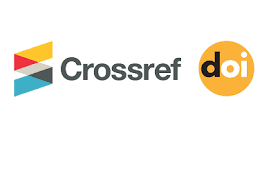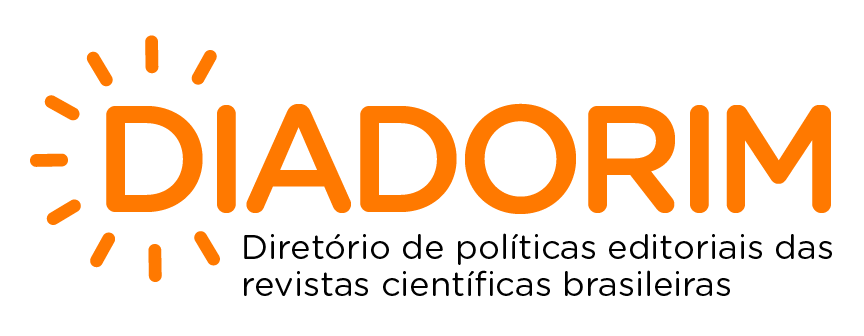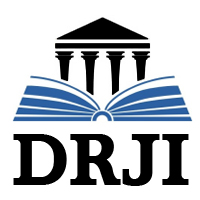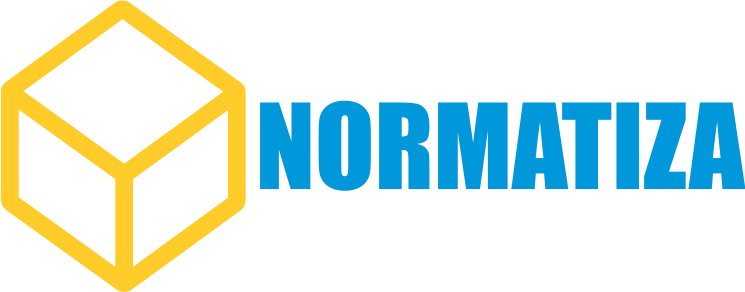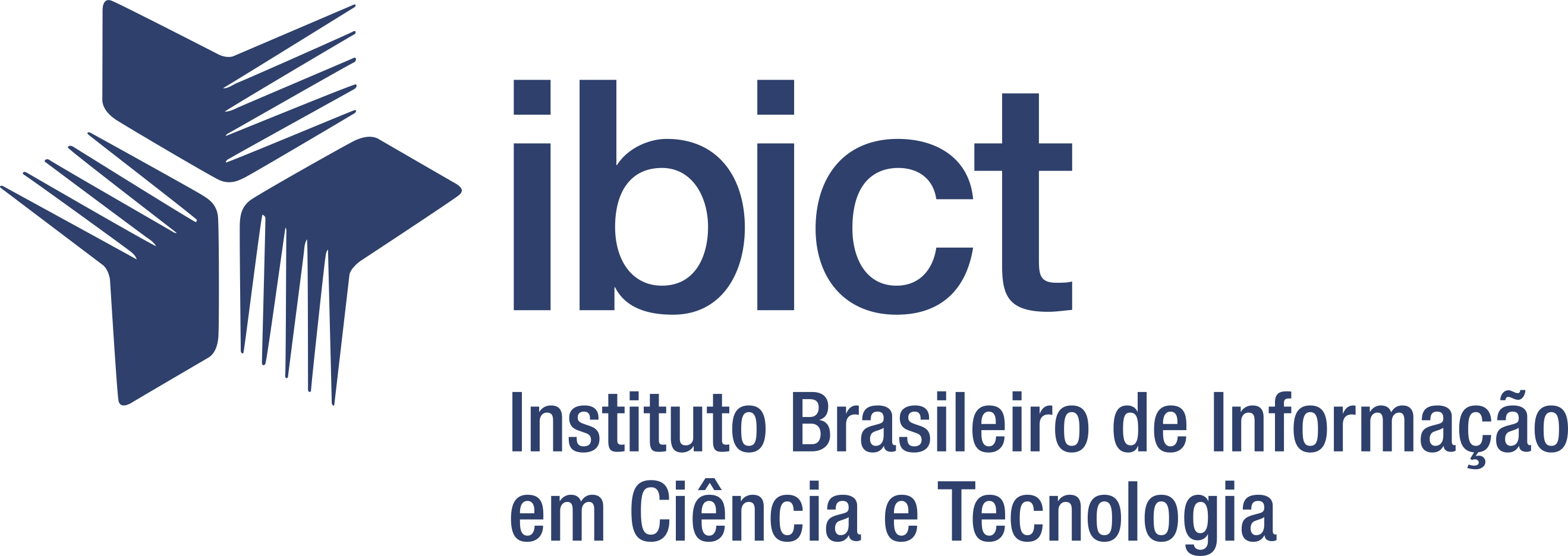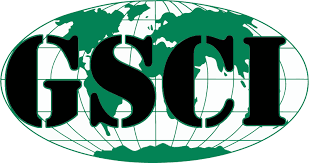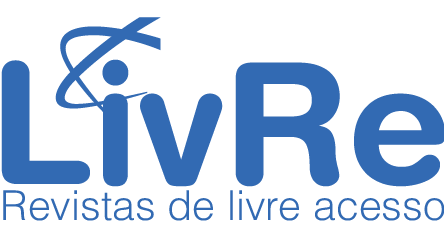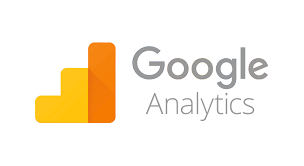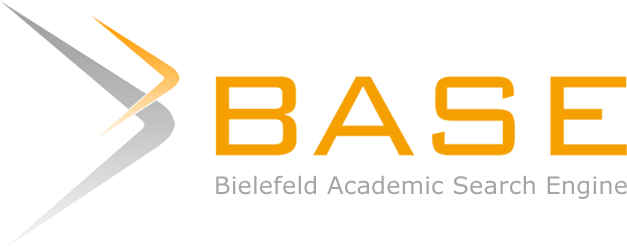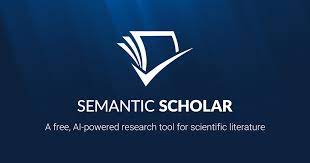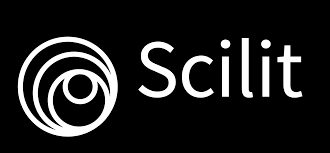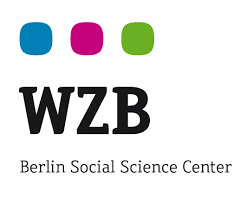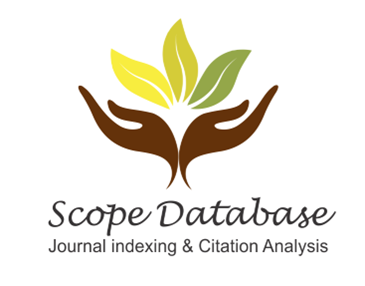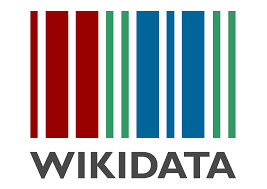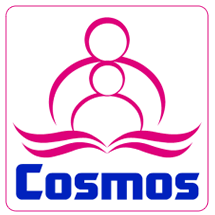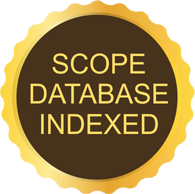AI INNOVATIONS IN DIAGNOSIS AND TREATMENT PLANNING IN ORTHODONTICS
DOI:
https://doi.org/10.47820/recisatec.v4i2.359Palavras-chave:
"Artificial intelligence", "Cephalometry", "Diagnosis", "Machine learning", "Orthodontics"Resumo
Digital dentistry, initiated in 1973 by Professor François Duret, has evolved considerably in orthodontics, through the use of digital flow and artificial intelligence (AI). These technologies enable accurate diagnosis, prognosis and treatment. AI has greatly improved the efficiency of diagnosis and treatment planning in orthodontics, with increasing applications due to advances in algorithms, processing and data availability. Objective: Evaluate AI applications for diagnosis, orthodontic treatment planning and improving patient satisfaction. Conclusion: The integration of AI into orthodontics has significantly transformed the way treatment is diagnosed, planned and administered, offering notable advantages in terms of precision and efficiency. However, its use presents challenges, such as the need for specialized training, prior professional experience to determine reference standards and the integration of these technologies into clinical practice. As technology continues to advance, the tools used will be improved and the current limitations overcome.
Downloads
Referências
Malagraba FE, Parenza A, Beti MM, Furlan L. Entendiendo el flujo digital en ortodoncia: desde los sistemas digitales hasta la inteligencia artificial. Revista de la Sociedad Odontologica de La Plata. 2022;63. https://sedici.unlp.edu.ar/handle/10915/155638
Morales Bravo R, Pisón Santana L, Hidalgo Rivas A, Palma Díaz E. Estado del arte de inteligencia artificial en ortodoncia. Revisión narrativa. Avances en Odontoestomatología. 06 febrero 2023;38(4):156-163. https://scielo.isciii.es/scielo.php?pid=S0213-12852022000400005&script=sci_arttext DOI: https://doi.org/10.4321/s0213-12852022000400005
Liu J, Zhang C, Shan Z. Application of Artificial Intelligence in Orthodontics: Current State and Future Perspectives. Healthcare (Basel, Switzerland). 2023;11(20):2760. https://doi.org/10.3390/healthcare11202760 DOI: https://doi.org/10.3390/healthcare11202760
Bichu YM, Hansa I, Bichu AY et al. Applications of artificial intelligence and machine learning in orthodontics: a scoping review. Prog Orthod. 2021;22:18. https://doi.org/10.1186/s40510-021-00361-9 DOI: https://doi.org/10.1186/s40510-021-00361-9
Zhu J, Yang Y, Wong HM. Development and accuracy of artificial intelligence-generated prediction of facial changes in orthodontic treatment: a scoping review. Journal of Zhejiang University. Science. 2023;24(11):974–984. https://doi.org/10.1631/jzus.B2300244 DOI: https://doi.org/10.1631/jzus.B2300244
Homsi K, Snider V, Kusnoto B, Atsawasuwan P, Viana G, Allareddy V, Gajendrareddy P, Elnagar MH. In-vivo evaluation of Artificial Intelligence Driven Remote Monitoring technology for tracking tooth movement and reconstruction of 3-dimensional digital models during orthodontic treatment. American journal of orthodontics and dentofacial orthopedics : official publication of the American Association of Orthodontists, its constituent societies, and the American Board of Orthodontics. 2023;164(5):690–699. https://doi.org/10.1016/j.ajodo.2023.04.019 DOI: https://doi.org/10.1016/j.ajodo.2023.04.019
Moylan HB, Carrico CK, Lindauer SJ, Tüfekçi E. Accuracy of a smartphone-based orthodontic treatment-monitoring application: A pilot study. The Angle orthodontist. 2019;89(5):727–733. https://doi.org/10.2319/100218-710.1 DOI: https://doi.org/10.2319/100218-710.1
Ferlito T, Hsiou D, Hargett K, Herzog C, Bachour P, Katebi N, Tokede O, Larson B, Masoud M. I. Assessment of artificial intelligence-based remote monitoring of clear aligner therapy: A prospective study. American journal of orthodontics and dentofacial orthopedics : official publication of the American Association of Orthodontists, its constituent societies, and the American Board of Orthodontics. 2023;164(2):194–200. https://doi.org/10.1016/j.ajodo.2022.11.020 DOI: https://doi.org/10.1016/j.ajodo.2022.11.020
Tomás I, Seoane J. La aplicación de la inteligencia artificial en el avance de las ciencias odontológicas. 2023. [Internet]. Disponible en: https://www.acodes.es/doc/Discurso_Inmaculada_Tomas.pdf
Mónica M, Furlan L, Villalba D. Inteligencia artificial, una mirada al futuro. Perspectiva histórica y evolución de la Ortodoncia. 2022;86(172):74-77. Disponible en: https://docs.bvsalud.org/biblioref/2023/06/1436440/ortodoncia-202286-172-74-77.pdf
Du W, Bi W, Liu Y, Zhu Z, Tai Y, Luo E. Machine learning-based decision support system for orthognathic diagnosis and treatment planning. BMC Oral Health. 2024;24(1). https://doi.org/10.1186/s12903-024-04063-6 DOI: https://doi.org/10.1186/s12903-024-04063-6
Strunga M, Urban R, Surovková J, Thurzo A. Artificial Intelligence Systems Assisting in the Assessment of the Course and Retention of Orthodontic Treatment. Healthcare 2023;11:683. https://doi.org/10.3390/healthcare11050683 DOI: https://doi.org/10.3390/healthcare11050683
Albalawi F, Alamoud KA. Trends and Application of Artificial Intelligence Technology in Orthodontic Diagnosis and Treatment Planning—A Review. Applied Sciences. 2022;12(22):11864. https://doi.org/10.3390/app122211864 DOI: https://doi.org/10.3390/app122211864
Kiełczykowski M, Kamiński K, Perkowski K, Zadurska M, Czochrowska E. Application of Artificial Intelligence (AI) in a Cephalometric Analysis: A Narrative Review. Diagnostics (Basel, Switzerland). 2023;13(16):2640. https://doi.org/10.3390/diagnostics13162640 DOI: https://doi.org/10.3390/diagnostics13162640
Downloads
Publicado
Como Citar
Licença
Copyright (c) 2024 RECISATEC - REVISTA CIENTÍFICA SAÚDE E TECNOLOGIA - ISSN 2763-8405

Este trabalho está licenciado sob uma licença Creative Commons Attribution 4.0 International License.
Os direitos autorais dos artigos/resenhas/TCCs publicados pertecem à revista RECISATEC, e seguem o padrão Creative Commons (CC BY 4.0), permitindo a cópia ou reprodução, desde que cite a fonte e respeite os direitos dos autores e contenham menção aos mesmos nos créditos. Toda e qualquer obra publicada na revista, seu conteúdo é de responsabilidade dos autores, cabendo a RECISATEC apenas ser o veículo de divulgação, seguindo os padrões nacionais e internacionais de publicação.








